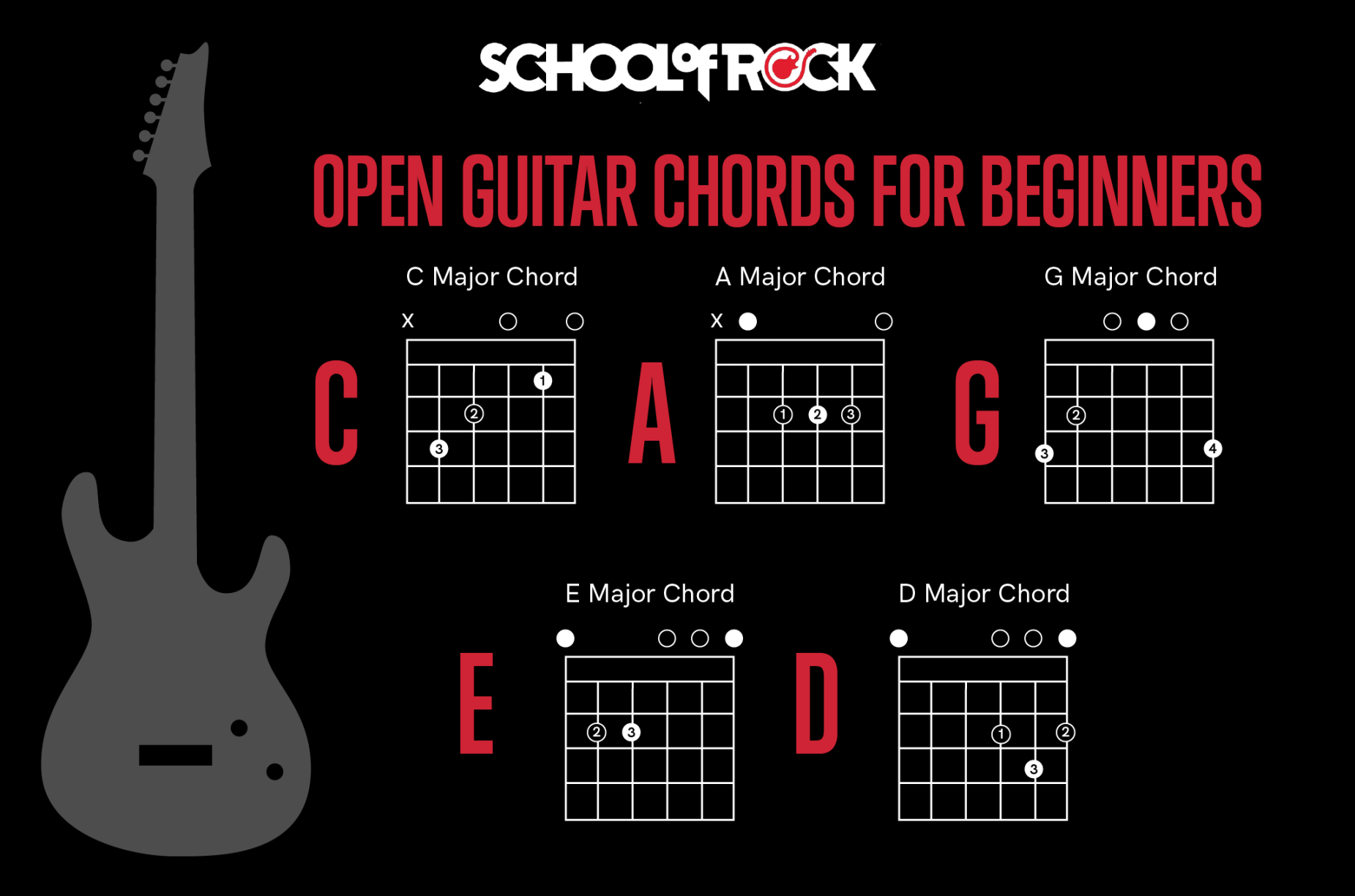—
Title: Strum Your Way to Glory: A Casual Guide to Learning Guitar
Learning guitar can seem like climbing Mount Everest with a ukulele. But trust me, it’s more like a fun hike with occasional scenic overlooks. You don’t need to be a musical genius or have fingers like spaghetti to get started. Let’s break down the journey into manageable, chill steps.
Getting Started: The First Few Chords

Forget about shredding like Hendrix right away. We’re starting with the basics. Think of it as building a solid foundation for your musical house.
Choosing Your Weapon (The Guitar)
Choosing your first guitar is like picking a starter Pokémon. You’ve got electric, acoustic, and classical. Each has its own vibe.
Acoustic: Great for strumming by the campfire or practicing in your room. It’s versatile and doesn’t need an amp.
Don’t overthink it. Go to a music store, hold a few, and see what feels right. Your guitar is your partner in crime, so pick one you vibe with.
The First Few Chords: Your Musical Alphabet
Think of chords as the words in your musical vocabulary. You’ll start with the basics:
A Major (A): A bright, happy chord.
These chords form the backbone of countless songs. Learn them well, and you’ll be playing tunes before you know it.
Understanding Tabs and Chord Diagrams
Tabs and chord diagrams are your Rosetta Stone for guitar.
Chord Diagrams: These show you where to place your fingers on the fretboard. It’s like a map guiding you to the right notes.
Don’t be intimidated. They look complicated at first, but with a little practice, you’ll be reading them like a pro.
Building Your Skills: From Strumming to Scales
You’ve got the basics down. Now, let’s add some flair.
Strumming Patterns: Adding Rhythm to Your Chords
Strumming is the heartbeat of your music. It’s how you bring those chords to life.
Down-Up Strumming: The classic beginner pattern. Down on the beat, up in between.
Practice with a metronome or a backing track. Rhythm is key.
Scales: Building Your Melodic Vocabulary
Scales are like the building blocks of melodies. They’re a series of notes that sound good together.
The Major Scale: A bright, happy scale used in countless songs.
Learning scales will improve your finger dexterity and give you a deeper understanding of music theory.
Learning Songs: Putting It All Together
Now for the fun part: playing actual songs.
Start Simple: Choose songs with the chords you know.
Playing songs is the best way to apply what you’ve learned and keep yourself motivated.
Developing Your Practice Routine
Consistency is your best friend when learning guitar.
Setting Realistic Goals
Don’t expect to become a guitar god overnight. Set small, achievable goals.
Practice 15-30 minutes a day: Even short sessions add up over time.
Finding Your Practice Space
Create a dedicated space for your guitar practice. It could be your bedroom, living room, or even a quiet corner in your garage.
Minimize Distractions: Turn off your phone and find a quiet place.
Using Online Resources
The internet is a treasure trove of guitar learning resources.
YouTube Tutorials: Hundreds of free lessons on everything from chords to solos.
Staying Motivated and Avoiding Burnout
Learning guitar should be fun, not a chore.
Find Your Inspiration
What kind of music do you love? Let that inspire you.
Listen to Your Favorite Guitarists: Analyze their playing and try to emulate their style.
Don’t Be Afraid to Make Mistakes
Mistakes are part of the learning process. Don’t let them discourage you.
Embrace the Imperfections: Every mistake is a learning opportunity.
Take Breaks and Have Fun
Guitar should be a source of joy. Don’t let it become a source of stress.
Take Regular Breaks: Step away from the guitar and come back refreshed.
Conclusion
Learning guitar is a journey, not a destination. It’s about enjoying the process, embracing the challenges, and celebrating the small victories. You don’t need to be perfect; you just need to be persistent. Start with the basics, build your skills, and most importantly, have fun. With a little dedication and a lot of passion, you’ll be strumming your way to musical glory in no time. So, grab your guitar, tune those strings, and let the music flow. You’ve got this!

